Acupuncture in Lewes
Anthea Barbary LicAc MBAcC Dip I Hyp GQHP
Rick Mudie BSc, BSc (Hons) Oriental Medicine, MBAcC
What is Acupuncture?
Acupuncture is a system of healing which has been practised in China and other Eastern countries for thousands of years. It focuses on improving the overall well being of the patient, rather than the isolated treatment of specific symptoms.
According to traditional Chinese Philosophy, our health is dependent on the smooth and balanced flow of energy through a series of channels beneath the skin. The energy is known as Qi and the channels are called meridians. By inserting fine needles into specific points along the meridians, acupuncturist’s believe that the body’s own healing response can be stimulated. According to traditional Chinese approaches, the flow of Qi can be affected by a number of factors. These include emotional states such as anxiety, stress, anger, fear or grief, poor nutrition and trauma.
The principle aim of traditional Chinese acupuncture is to recover the equilibrium between the physical, emotional and spiritual aspects of the individual.
What can acupuncture treat?
Some people have acupuncture purely as a preventative measure to strengthen their constitution, or because they feel unwell in themselves without being `ill’ in the Western sense. Treatment can promote relaxation and a sense of wellbeing.
Acupuncture can also be used to treat specific conditions; here are some of the most commonly treated complaints:
Tension headaches and migraines.
Chronic back pain
Neck pain
Pain around the jaw (tempero-mandibular joint)
Pain associated with arthritic joints such as the knee
The British Acupuncture Council have produced a range of fact sheets relating to various conditions together with an indication as to whether acupuncture may be able to help with these: https://www.acupuncture.org.uk/category/a-to-z-of-conditions/a-to-z-of-conditions.html
For more information, please also visit the website of our acupuncturist, Anthea Barbary: http://www.antheabarbary.com
Treatment
Your first treatment will be 1 hour 15 minutes long and all subsequent treatments will take 45 minutes. Within the first treatment you will be asked detailed questions about your complaint, lifestyle and medical history. As part of the examination process, the traditional Chinese approach involves the acupuncturist feeling your pulses on both wrists, noting their quality, rhythm and strength. They will also ask to look at your tongue, which in Chinese Medicine is a guide to your physical health.
Once enough information has been gathered to determine the likely cause of your complaint, the acupuncturist will select a combination of acupuncture points for the treatment. Fine disposable needles are used, and normally left in for about 20 minutes.
During treatment, acupuncturists may also use something called moxa; this is a herb which is burnt in order to warm the acupuncture points and meridians. The warming of the acupuncture points helps to tonify the Qi and/or warm the body.
What does acupuncture feel like?
Most people’s experience of needles is of those used in injections. Acupuncture needles are much finer than these and are solid rather than hollow. You may feel a slight pricking sensation when the needle goes through the skin. You may feel nothing at all. When the needle goes a little deeper (about 4-5mm) and reaches the acupuncture point, you will feel a different sensation which is often described as a dull ache or a tingling sensation. This sensation only lasts for a couple of seconds and then most people relax or fall asleep on the couch for the duration of the treatment.
The benefits of acupuncture often include more than just relief from a particular complaint. Many people find that it can also lead to increased energy levels, better sleep, feeling calmer and generally creating a sense of overall well being.
How many treatments will I need?
The number of treatments needed very much depends on the individual person and their complaint. Long term chronic conditions generally take longer to treat than short term conditions. Sometimes the effects of the treatment are dramatic, and only one or two treatments are required. With other patients, the effects are more subtle and they may need treatment over several months.
As a general rule, a course of treatment involves between 6 and 10 weekly treatments initially, with the view of spreading the treatments out once the condition improves.



